monochrome versus color conversion to B&W
Aug 24, 2023 10:59:41 #
Ysarex
Loc: St. Louis
selmslie wrote:
You don’t include sharpnesses and smooth tonality as desirable qualities?
Given that I never suggested otherwise I can't imagine why you would ask.
Aug 24, 2023 11:02:20 #
Ysarex wrote:
Given that I never suggested otherwise I can't imagine why you would ask.
In that case you would have something to gain from a monochrome conversion. But until you do it you are just guessing.
Aug 24, 2023 11:08:50 #
Ysarex
Loc: St. Louis
selmslie wrote:
In that case you would have something to gain from a monochrome conversion.
And as I've already noted something to lose that I value much more and that I am not willing to give up.
Aug 24, 2023 11:21:17 #
Ysarex wrote:
And as I've already noted something to lose that I value much more and that I am not willing to give up.
It would also cost some money.
But since you don’t seem to be posting much B&W maybe this is not your area of expertise.
Aug 24, 2023 11:34:01 #
Ysarex
Loc: St. Louis
selmslie wrote:
It would also cost some money.
Money is no concern.
selmslie wrote:
But since you don’t seem to be posting much B&W maybe this is not your area of expertise.
You have no clue about my involvement in b&w.
I've considered the option of a monochrome sensor camera and rejected it because I am not willing to give up the post processing option of precise control over the tone conversion of color to greyscale. No advantage of a monochrome sensor tips that scale for me. And I've already said that here.
Aug 24, 2023 11:35:19 #
delder
Loc: Maryland
dkeysser wrote:
I am thinking about having one of my digital camer... (show quote)
My Recent Experience with Color to B/W conversion [W11] is that the simple PP program gave me COMPLETE flexability, tone adjustment, seipa tones, blues etch. I had a shot with a Pine Tree in the forground & Mountains.
Our Local Community Photo Group voted 9-4 in favor of the B/W Shot.
My personal thought is to dust off one of your SLR's and shoot a roll of B/W film.
[I get them in search of Classic Glass] I just got a 50 MM F1.8 E Series and it takes me back in time! All Manual!
Aug 24, 2023 12:00:09 #
larryepage
Loc: North Texas area
dkeysser wrote:
I am thinking about having one of my digital camer... (show quote)
I've been considering this question for a long time (along with whether to do something different from my D90 IR conversion).
In my mind, it comes down to rwo questions...
1. Do you want to shoot black and white following a process like you learned to do with film?
2. Do you want to shoot black and white using the extended visible spectrum beyond the visible portion?
If the answer to either of these questions is "Yes," then doing a conversion is probably a good idea to consider. You can do a lot with three filters, Yellow, Orange, and Red, and a couple of optional ones. Blue and Green. You may also be able to adjust contrast and a few other parameters in your camera, depending on its initial capabilities and how invasive the conversion was. A full range of edits is still available in post processing to emulate what was done in the darkroom.
I am currently using the built-in black and white capabilities of my cameras to create images. It offers some useful pre-processing, including electronic versions of the red, orange, and yellow filters, which meet most of my needs at exposure time. I can still post process, and I can still use raw files however I choose to use them. If I were to get really super serious about black & white, I'd be tempted to just set up a darkroom and use film.
Aug 24, 2023 12:01:34 #
I am going to show an example of doing astrophotography in which the mono sensor far exceeds what the color sensor can accomplish.
The 1st image shows the Ring Nebula in the center. In actuality, the Ring Nebula is a small target and is best photographed with a larger telescope. But in this case, I used an APS-C sized sensor camera, the Sony A6300, and a fairly small scope of only 360mm f6. It can see the objects in the sky, but doesn't blow them up very big. Also used a UV-IR cut filter for this image in that there was nothing in this view that would benefit from adding IR light. And this cut filter was one that includes the 656nm wavelength in which some camera makers offer an astro version to see nebulas better that glow in the Hydrogen Alpha wavelength.
One important thing to note is the round stars. Cameras with CFA's and the need for demosaicing have trouble producing nice round stars and instead tend to produce blobs. Towards the lower right is a brighter star that would be a problem for demosaicing and I will point that out in a crop.
Image 2 is the crop of the Ring Nebula at 313%. Note that the center star can be seen (barely).
Image 3 is a crop of the bright star near the lower right. Note that there is a star within the bounds of the star at about the 10:00 position, and yet an even dimmer star at about the 7:00 position. And the two stars just to the right. Demosaicing would have blobbed this into a single mis-shapened blob. and to the left is a double star. Those would have been blobbed into one also.
Image 4 is yet another crop with a couple more double stars. Demosaicing would have blobbed those as well.
Image 5 was taken the same night of M51 which is a larger galaxy eating a smaller galaxy for breakfast. If you look carefully on this image, see if you can find 3 much fainter galaxies?
This is a taste of what a mono sensor is capable of doing.
The 1st image shows the Ring Nebula in the center. In actuality, the Ring Nebula is a small target and is best photographed with a larger telescope. But in this case, I used an APS-C sized sensor camera, the Sony A6300, and a fairly small scope of only 360mm f6. It can see the objects in the sky, but doesn't blow them up very big. Also used a UV-IR cut filter for this image in that there was nothing in this view that would benefit from adding IR light. And this cut filter was one that includes the 656nm wavelength in which some camera makers offer an astro version to see nebulas better that glow in the Hydrogen Alpha wavelength.
One important thing to note is the round stars. Cameras with CFA's and the need for demosaicing have trouble producing nice round stars and instead tend to produce blobs. Towards the lower right is a brighter star that would be a problem for demosaicing and I will point that out in a crop.
Image 2 is the crop of the Ring Nebula at 313%. Note that the center star can be seen (barely).
Image 3 is a crop of the bright star near the lower right. Note that there is a star within the bounds of the star at about the 10:00 position, and yet an even dimmer star at about the 7:00 position. And the two stars just to the right. Demosaicing would have blobbed this into a single mis-shapened blob. and to the left is a double star. Those would have been blobbed into one also.
Image 4 is yet another crop with a couple more double stars. Demosaicing would have blobbed those as well.
Image 5 was taken the same night of M51 which is a larger galaxy eating a smaller galaxy for breakfast. If you look carefully on this image, see if you can find 3 much fainter galaxies?
This is a taste of what a mono sensor is capable of doing.
Ring Nebula
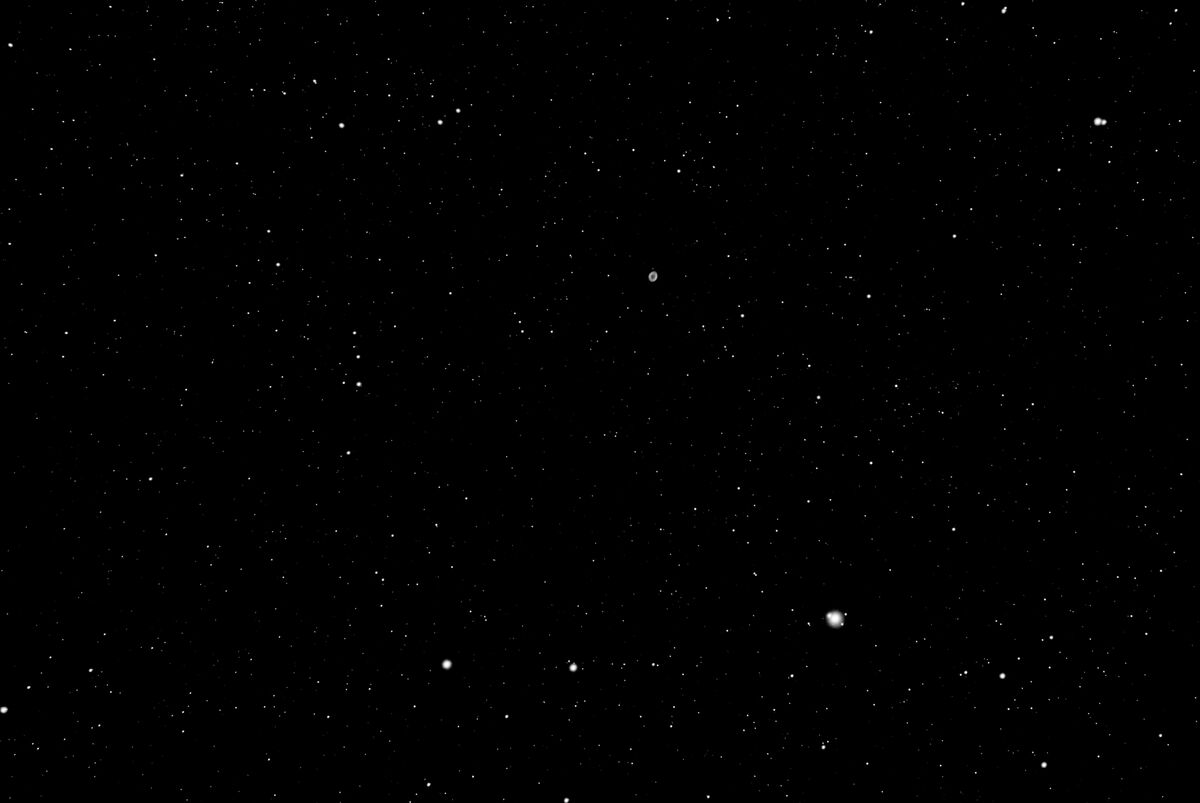
(Download)
313% crop of the Ring Nebula - note how round the stars are.
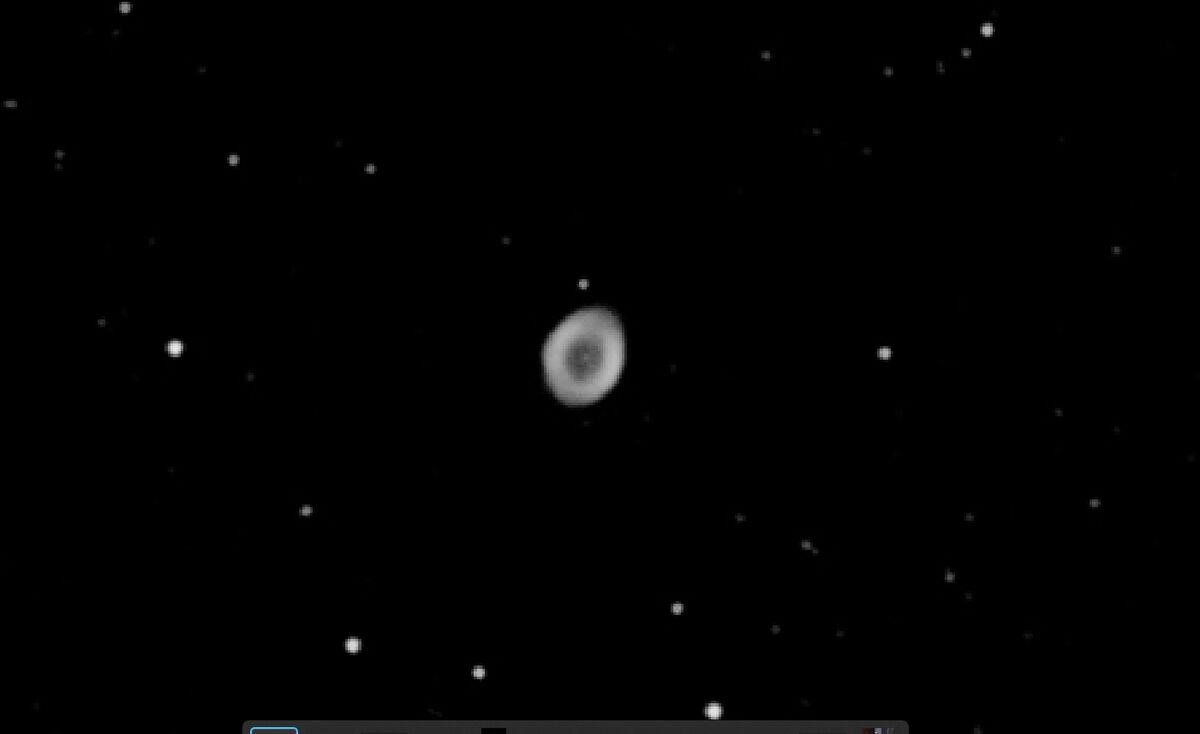
(Download)
Bright star near lower ringht
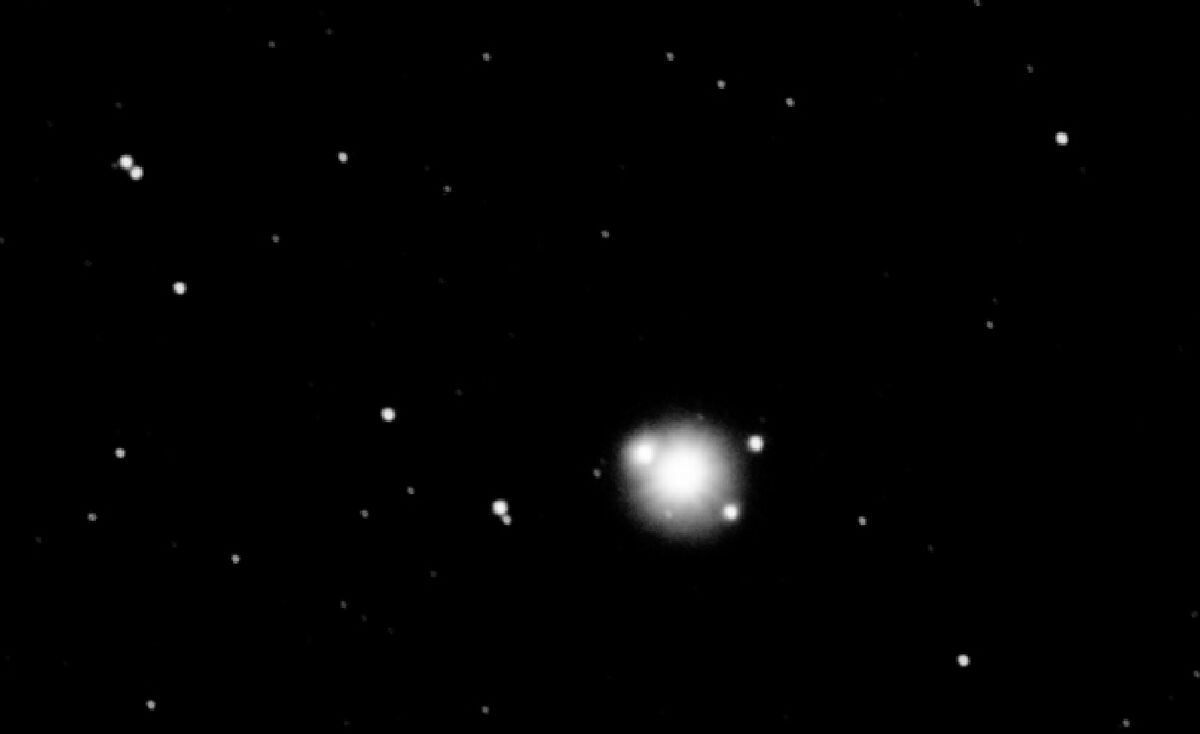
(Download)
Another crop showing more double stars
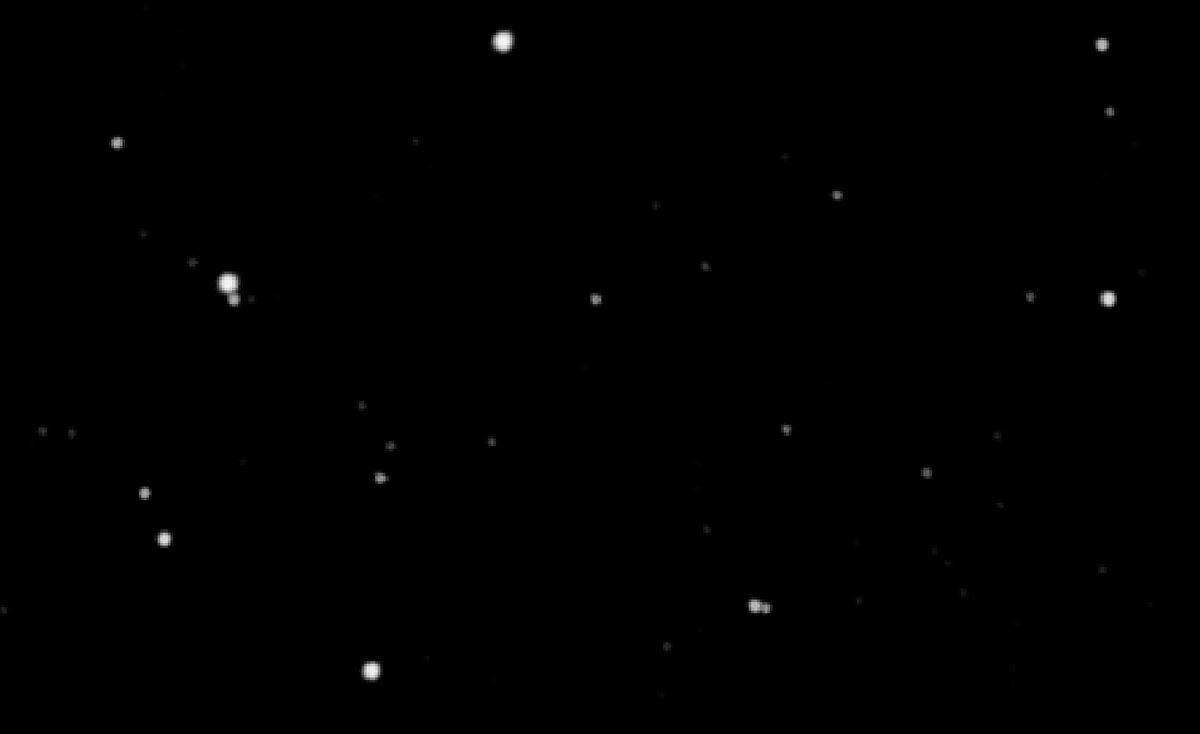
(Download)
M51
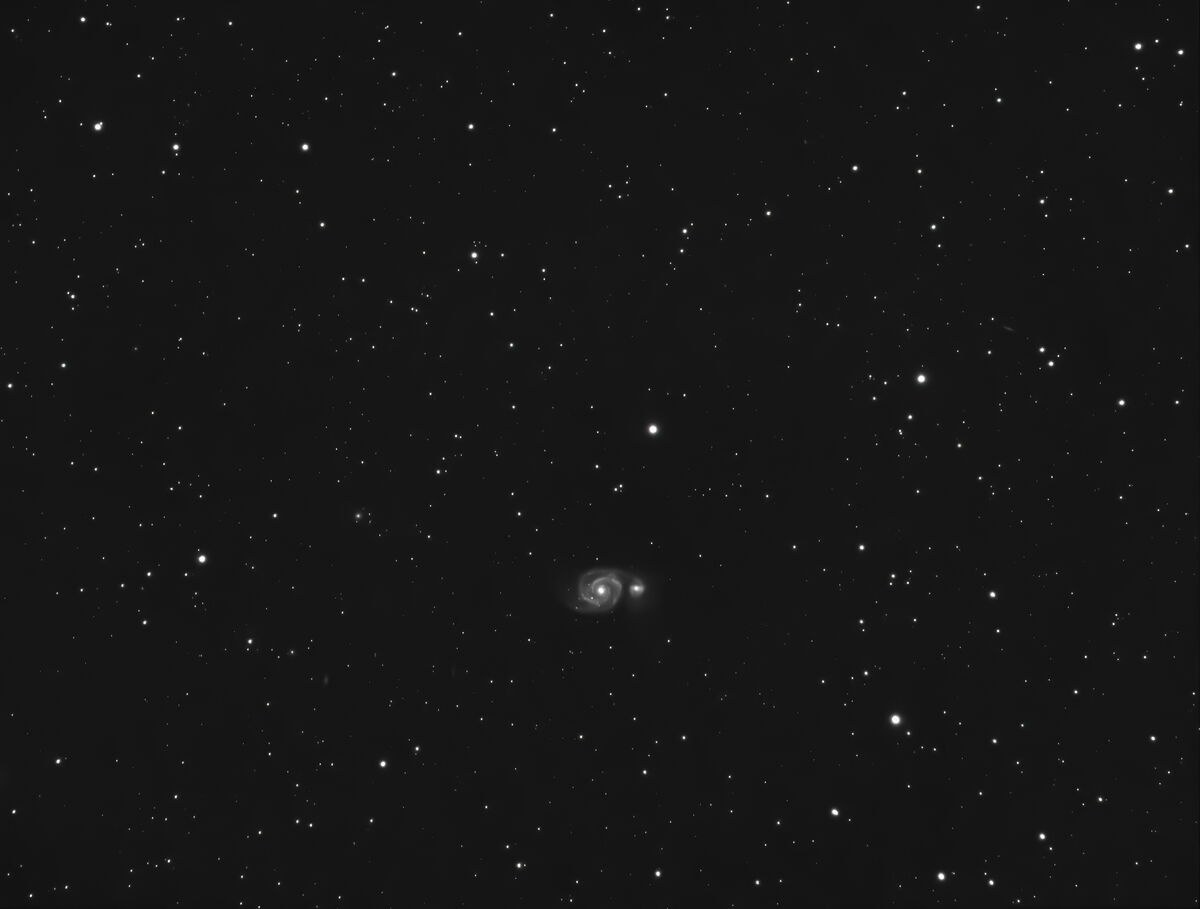
(Download)
Aug 24, 2023 12:03:52 #
Ysarex wrote:
You have no clue about my involvement in b&w.
What is obvious is that you have no hands-on experience with a monochrome sensor.
It's not necessary to tweak the colors during a B&W conversion unless you are trying to produce a particular effect. If you don't want to do that then a monochrome sensor will do a better job.
You can't make an informed assessment of the tradeoffs involved based on clueless speculation and Google searches.
Aug 24, 2023 12:33:23 #
You might want to take a look at the NIK collection software - specifically SilverEfex Pro, but it's one of 7 modules sold together. It offers some remarkable B&W conversion options, and it's way cheaper than a camera conversion. Plus you get all those other interesting modules - ColorEfex is particularly good. A free trial is available.
Aug 24, 2023 12:49:38 #
DWU2 wrote:
You might want to take a look at the NIK collection software - specifically SilverEfex Pro, but it's one of 7 modules sold together. It offers some remarkable B&W conversion options, and it's way cheaper than a camera conversion. Plus you get all those other interesting modules - ColorEfex is particularly good. A free trial is available.
But it still does "Demosaicing"!!! I have it and I use it. Great product. But mono sensors are in a different league.
Two images here. They are at about 500%. The first image are some stars captured with a color sensor and demosaiced the normal way with a standard color editor. Lots of garbage and gunk from the demosaicing process. Demosaicing requires lots of averaging.
Image 2 is actually the same original file, but was processed with software specifically for astro imaging. The demosaicing process is greatly cut back and you can see the result with the improvement in the result. Not as good as the mono sensor, but much better than the original demosaicing. But I have experimented with processing normal camera images with this tool -- and all I can say is that you wouldn't want it. Colors are so far off as to be goofy looking.
Image 3 is with less cropping, but normal demosaicing, and image 4 with specialized Astro Imaging SW.
Demosaicing is not an exact science. RawTherapee gives the user a choice of about a dozen different demosaicing choices to try. Adobe uses their own. DxO uses their own version. Same with many other SW companies. All tweeked the best way they can come up with their goals. And with DxOs more recent move into DeepPrime, they did another tweak again to their demosaicing process. Same with Adobe and their "Enhance" option.
As for the cost of turning a camera into a mono sensor. I had a camera that wasn't seeing much use, and the cost was about the same as going out and buying a new lens. If I equate this to just buying another lens, its somewhat equivalent.
Normal Demosaicing
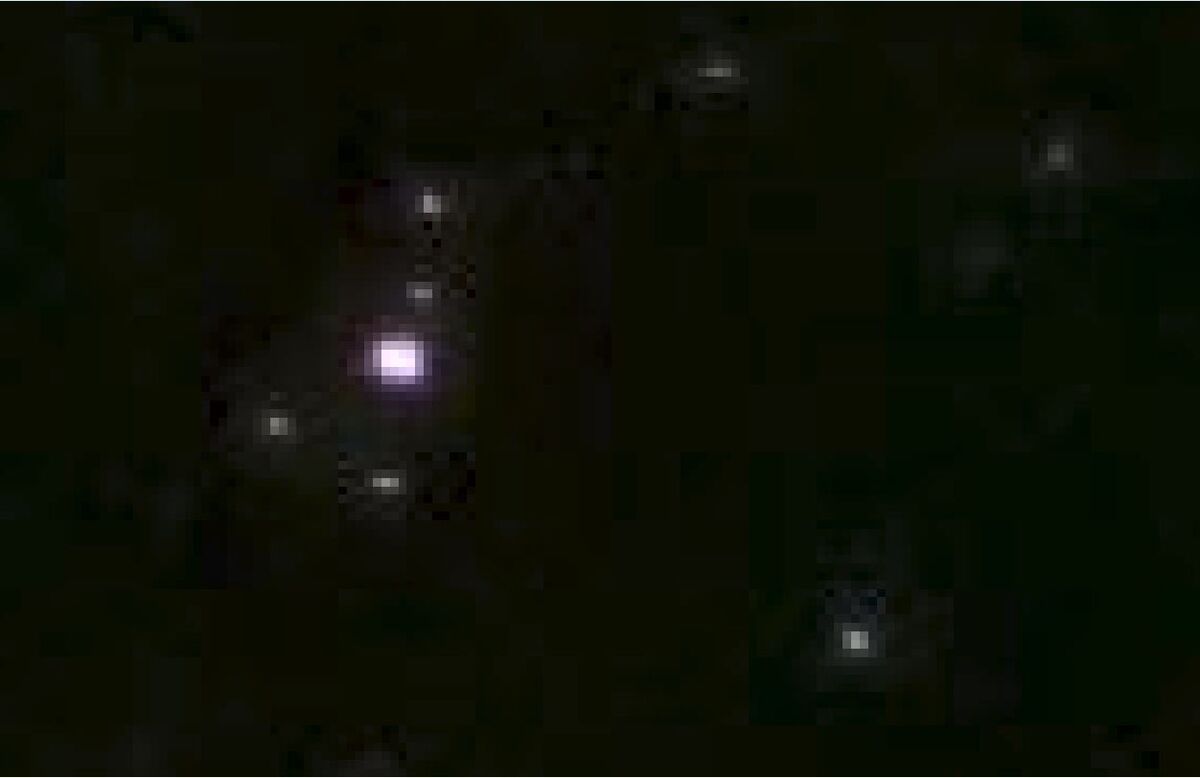
(Download)
Specialized Astro Imaging SW
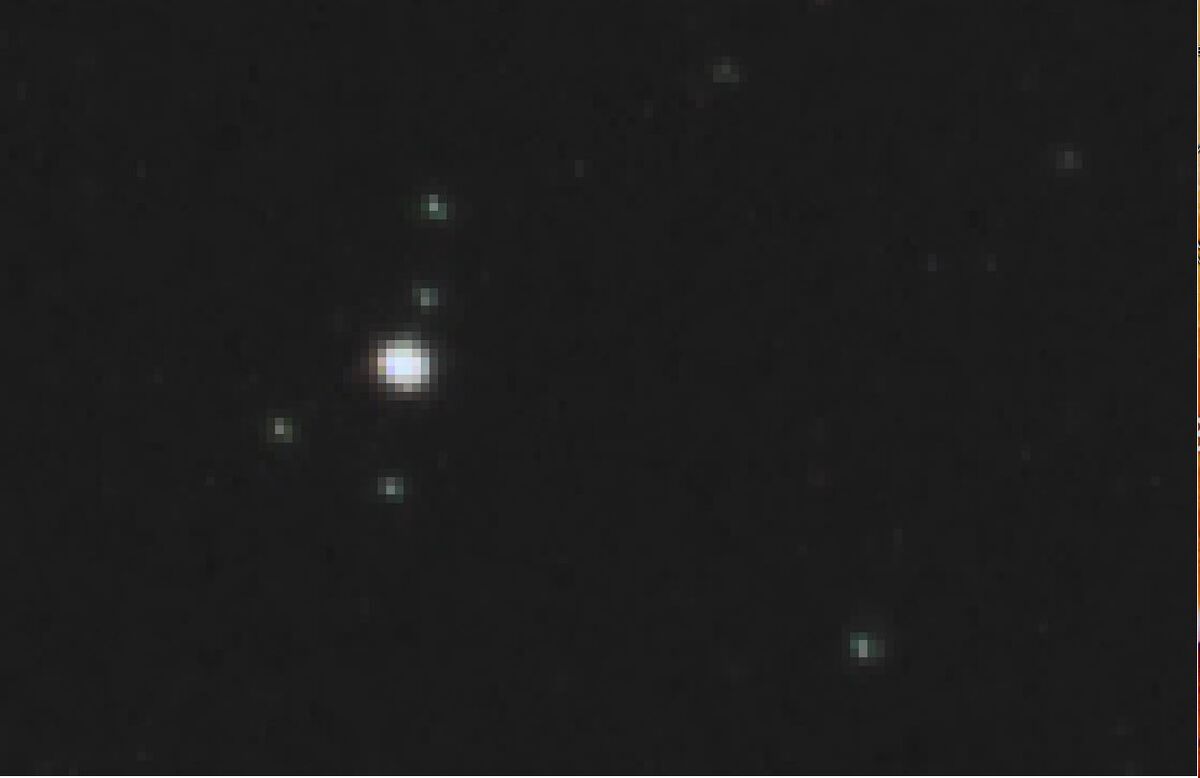
(Download)
Normal Demosaicing
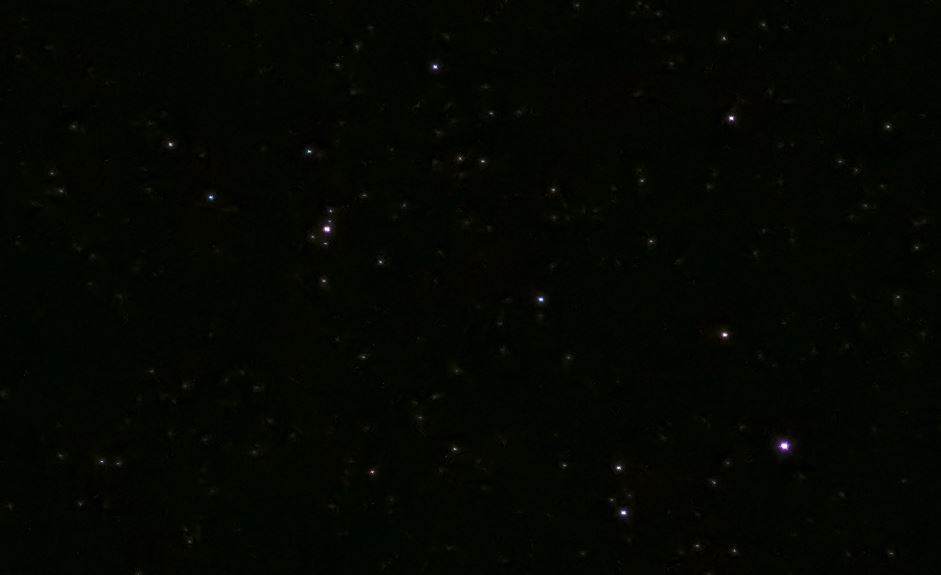
Specialized Astro Imaging SW
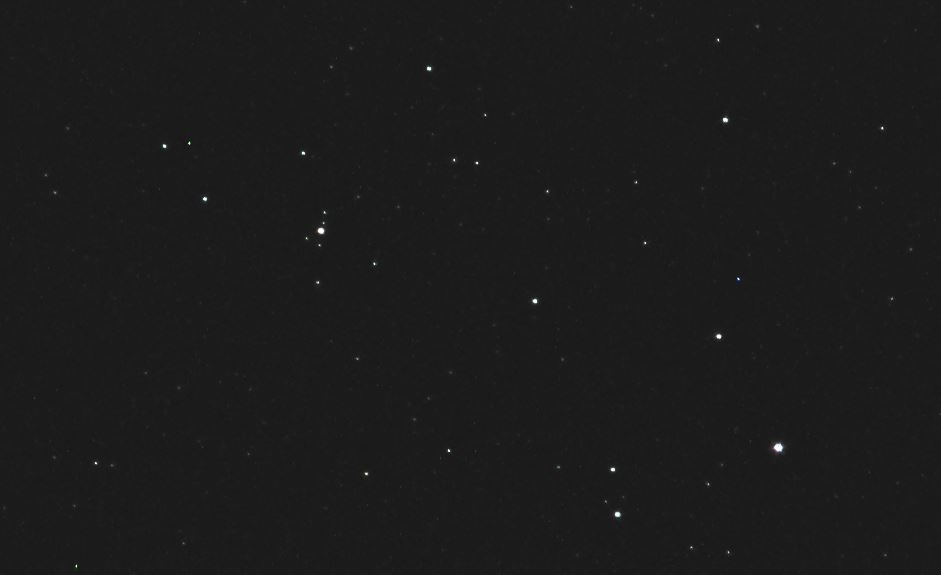
Aug 24, 2023 13:11:07 #
Ysarex
Loc: St. Louis
selmslie wrote:
What is obvious is that you have no hands-on experience with a monochrome sensor.
I don't need hands-on experience to understand the differences.
selmslie wrote:
It's not necessary to tweak the colors during a B&W conversion unless you are trying to produce a particular effect.
That's just dumb. Being able to control the color conversion to greyscale has always been an important component of b&w photography and we did the best we could with filters back in the film era. Being able to discretely control that process now in post is a big advantage when creating b&w conversions from color originals. It's not just for effect.
It permits us to separate colors that would convert to similar grey tones into less similar grey tones. In my neighborhood being able to do that with reds and greens is essential (see below). It's an important enough feature that I wouldn't give it up for an increase in sharpness especially since my images with a CFA are already sharp enough.

Aug 24, 2023 13:41:28 #
Ysarex wrote:
I don't need hands-on experience to understand the differences.
Being able to understand the difference in how to execute the steps is not the same as recognizing the advantages of a monochrome sensor over one that needs to be demosaiced.
Ysarex wrote:
It's an important enough feature that I wouldn't give it up for an increase in sharpness especially since my images with a CFA are already sharp enough.
You keep repeating that mantra.
But I can find only one B&W image from you where you did a B&W conversion. https://www.uglyhedgehog.com/t-649304-1.html
That image does not say much for you. You did it out of boredom and the result shows it. All of your other snapshots are in color.
Apparently you are not particularly interested in B&W other than as something to argue about.
All of your other snapshots are in color.
Aug 24, 2023 13:42:00 #
delder
Loc: Maryland
As another thought on BW images, I have seen some stunning artwork with a BW image WITH a dash of color.
This would lean towards Conversion of Color Shots to B/W
This would lean towards Conversion of Color Shots to B/W
Aug 24, 2023 13:46:36 #
delder wrote:
As another thought on BW images, I have seen some stunning artwork with a BW image WITH a dash of color.
This would lean towards Conversion of Color Shots to B/W
This would lean towards Conversion of Color Shots to B/W
Not necessarily. It’s easy to insert color into a B&W image.
If you want to reply, then register here. Registration is free and your account is created instantly, so you can post right away.


